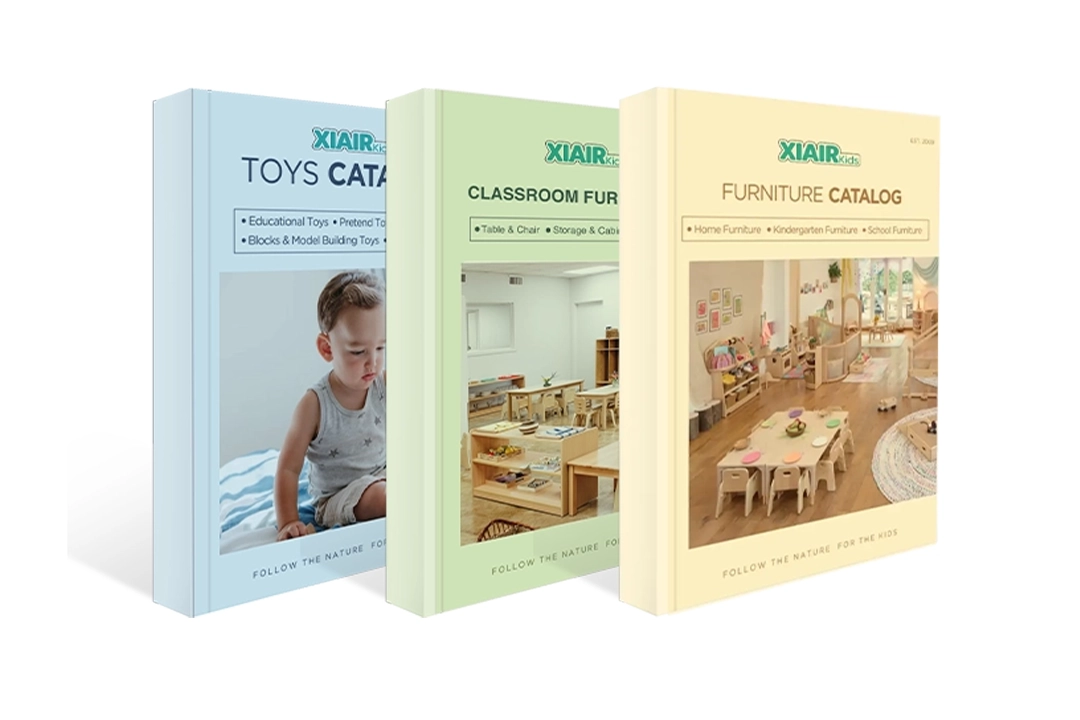Soft Play Equipment for Preschool
Xiair World provides quality soft play equipment tailored explicitly for early childhood educational environments. Our durable and safe soft play solutions include foam play structures, cushions, and interactive elements designed to promote young children's physical, cognitive, and social development. Our focus on quality and customization helps create play spaces that are both fun and safe.
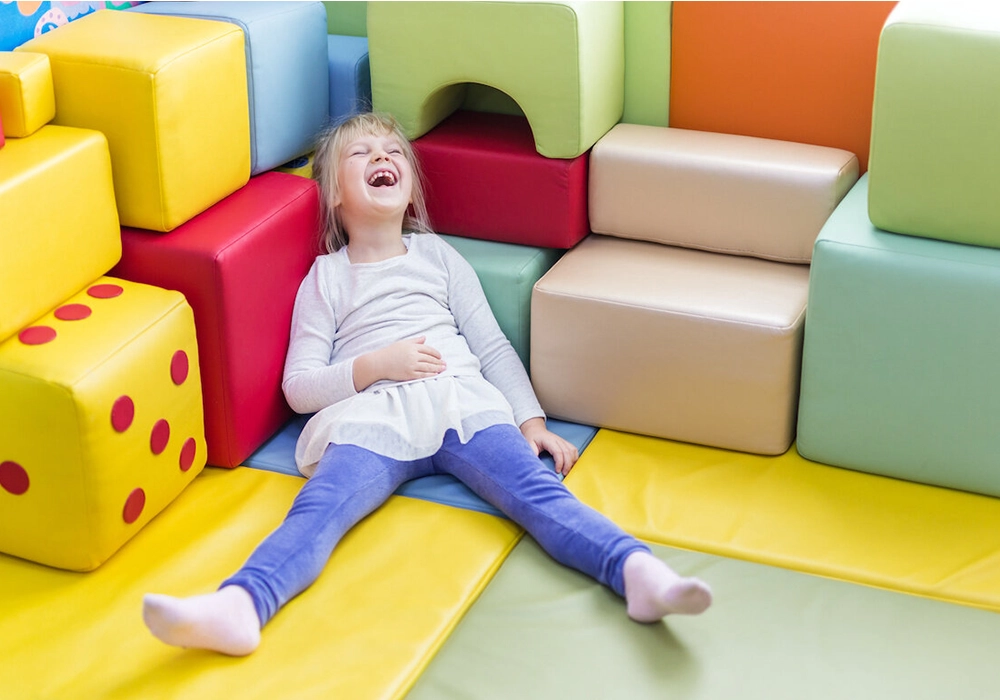
Multiple Soft Play Product Types
We offer a wide range of Soft Play products to meet the needs of preschools, daycare centers, and early learning environments. Our soft play range includes foam play structures, soft mats, climbing areas, ball pits, and interactive play areas. Each product is available in various sizes, colors, and designs, so whether you're creating a space for a classroom, play area, or activity center, we can provide a tailored Soft Play solution to create the perfect play area.
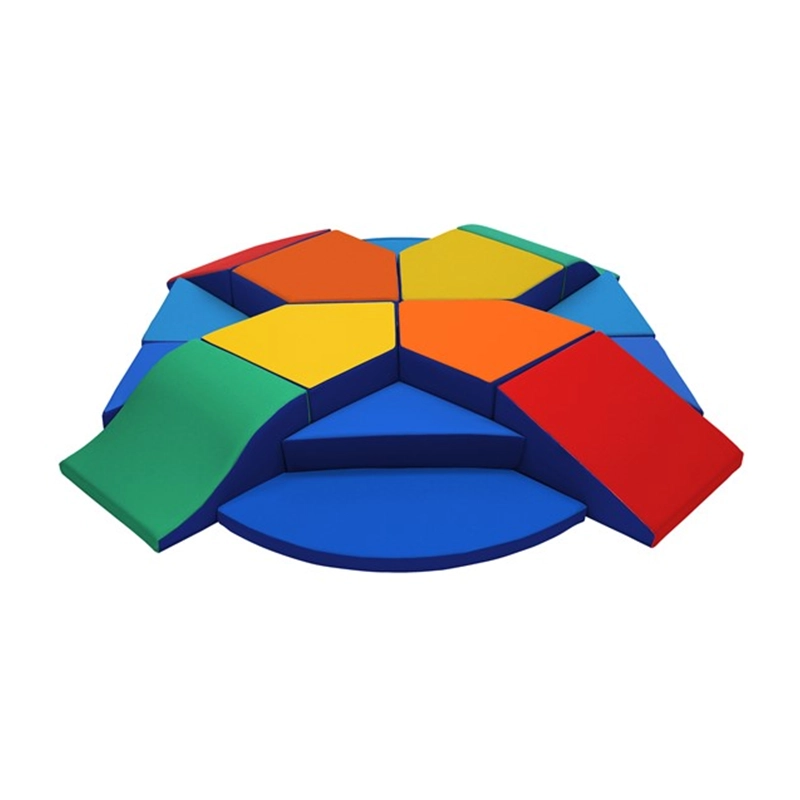
Soft Mega Fun Climber
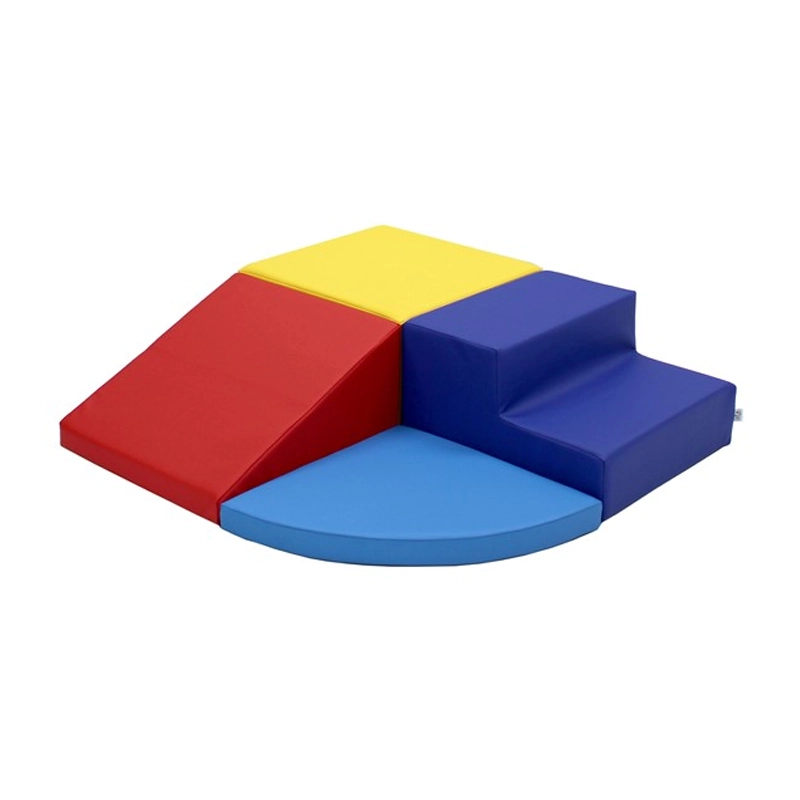
Toddler Corner Climber
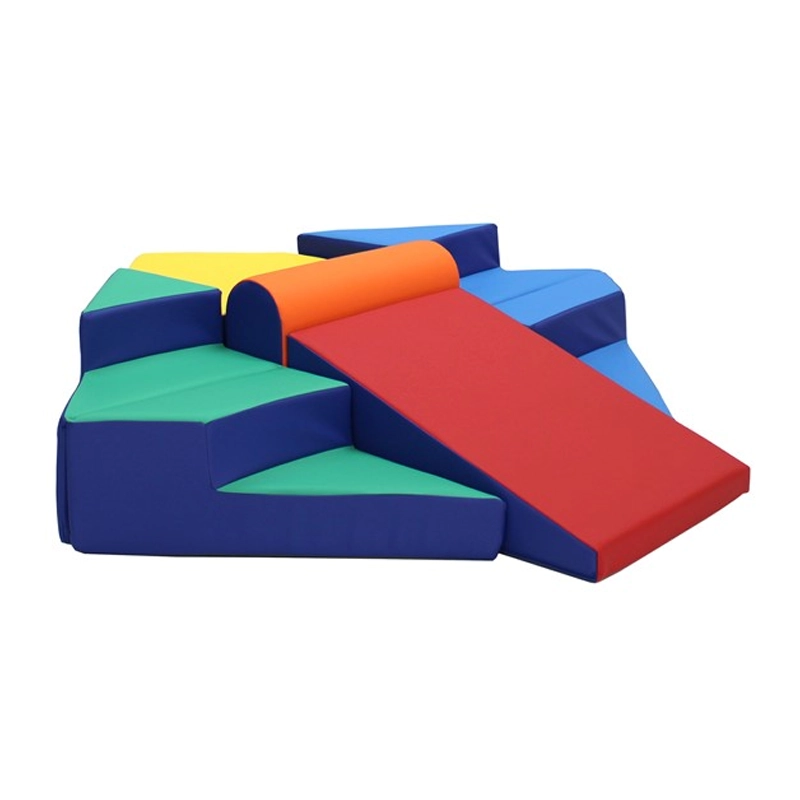
Slide Corner Climber
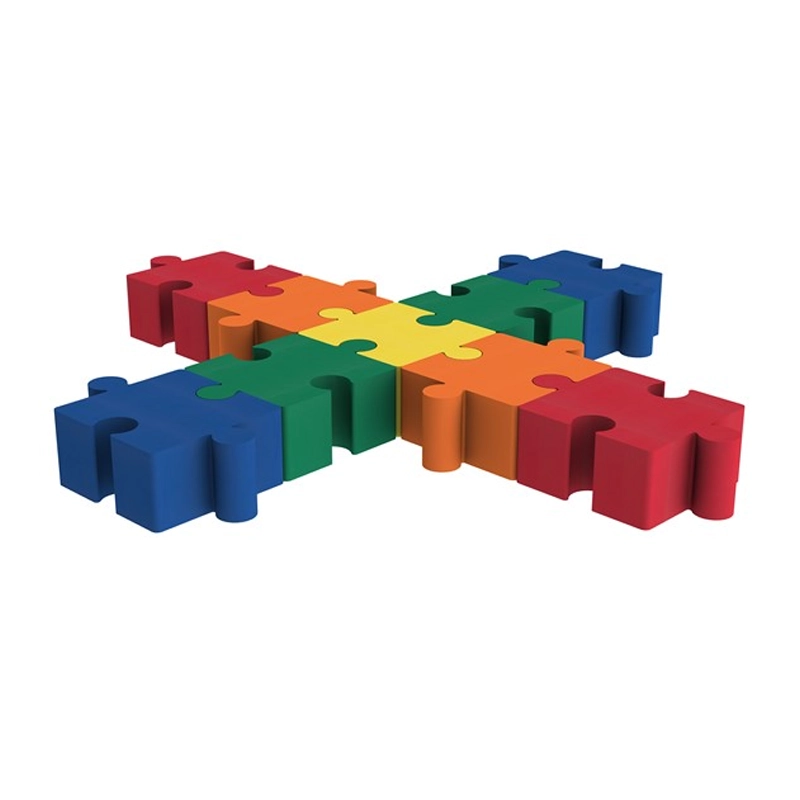
Puzzle Soft Seating
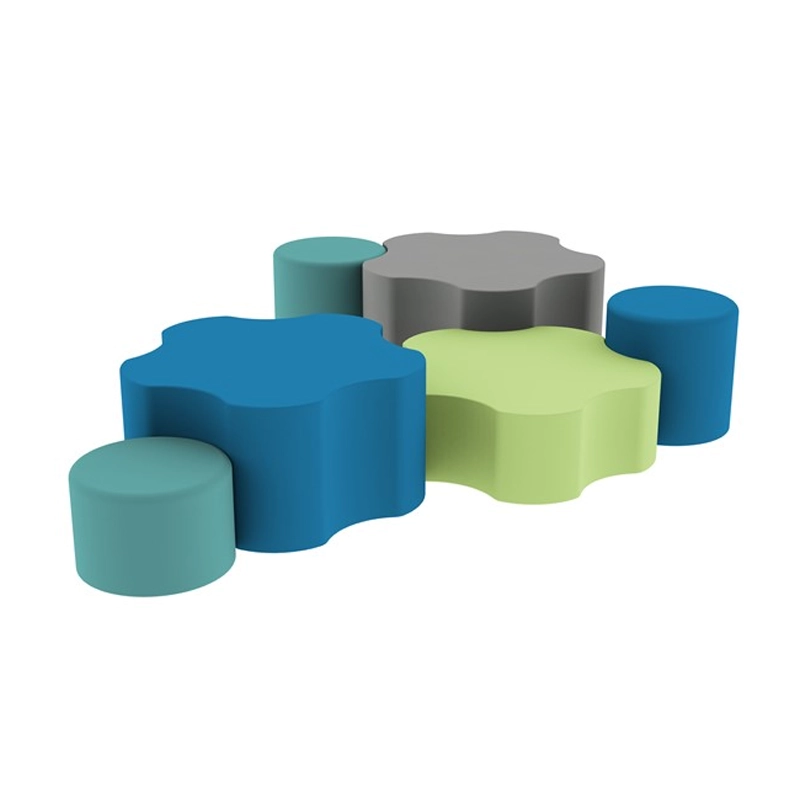
Soft Seating Five Point Gear Set
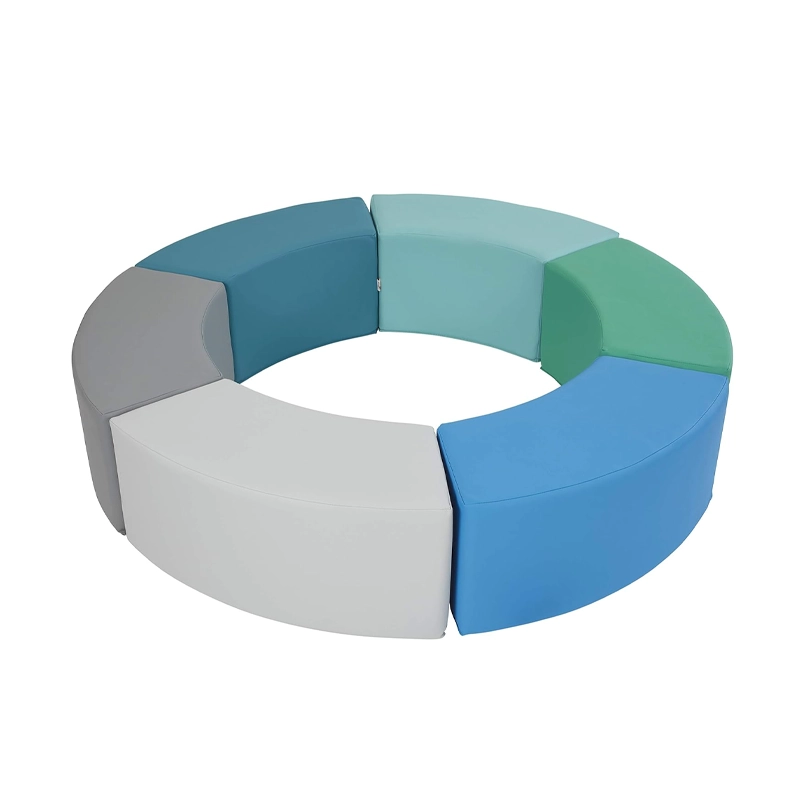
Soft Modular Seating Set
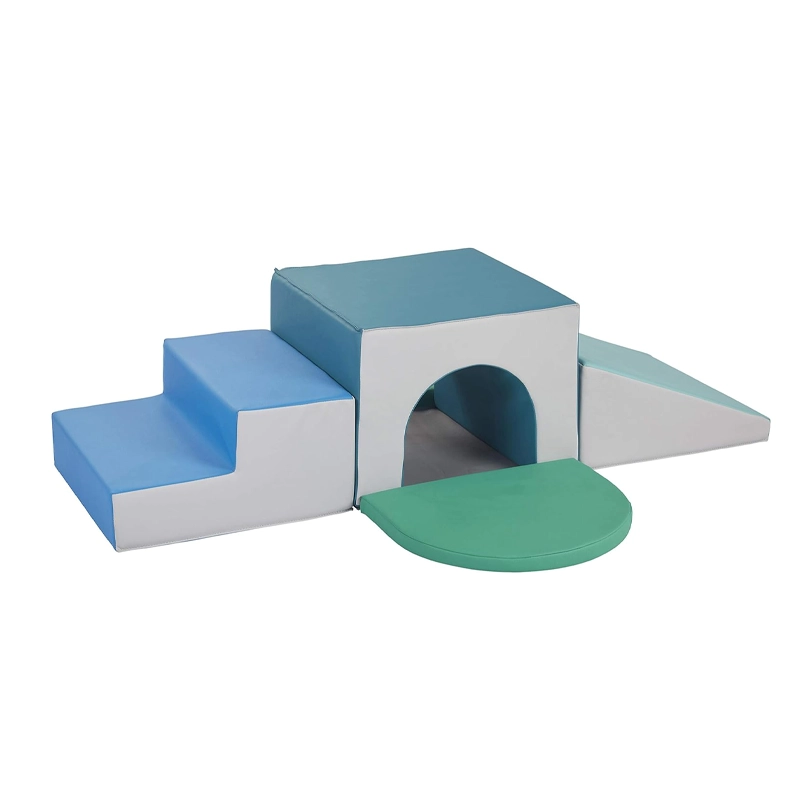
Single Tunnel Play Foam
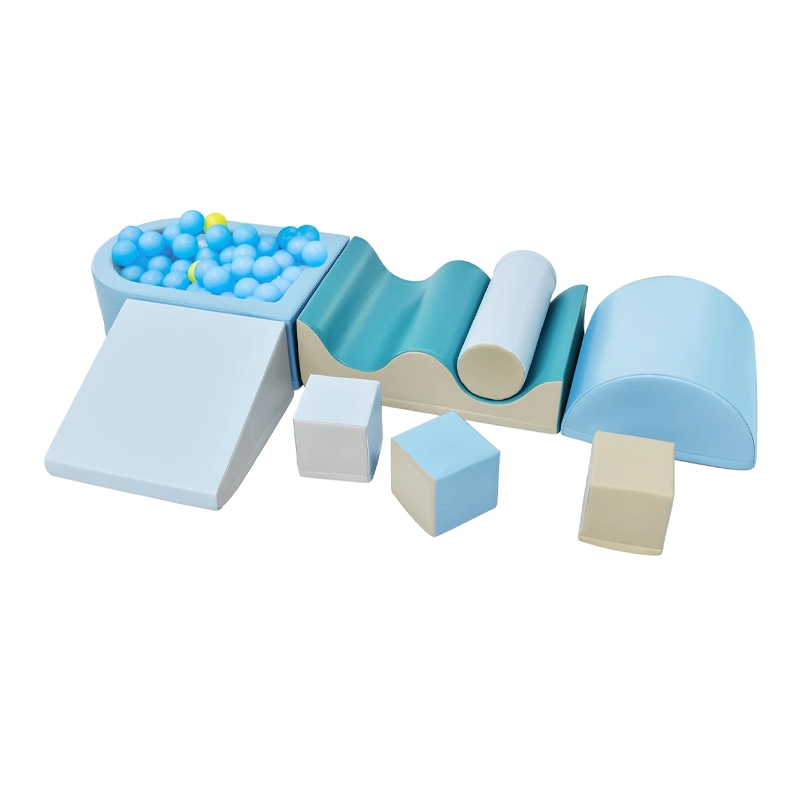
Ball Pit Activity Playset
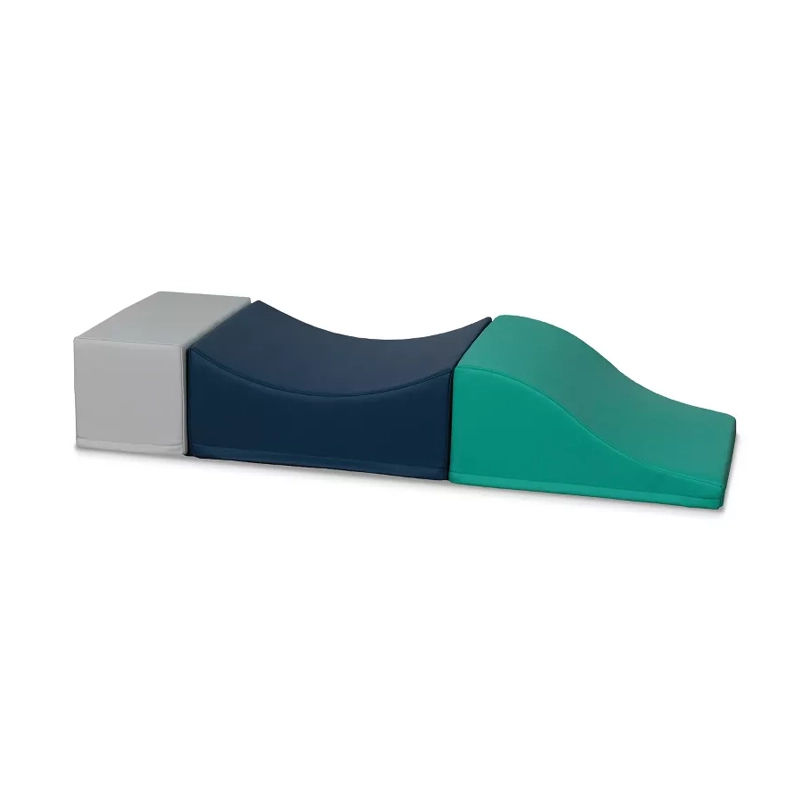
Climbing Mix and Match Set
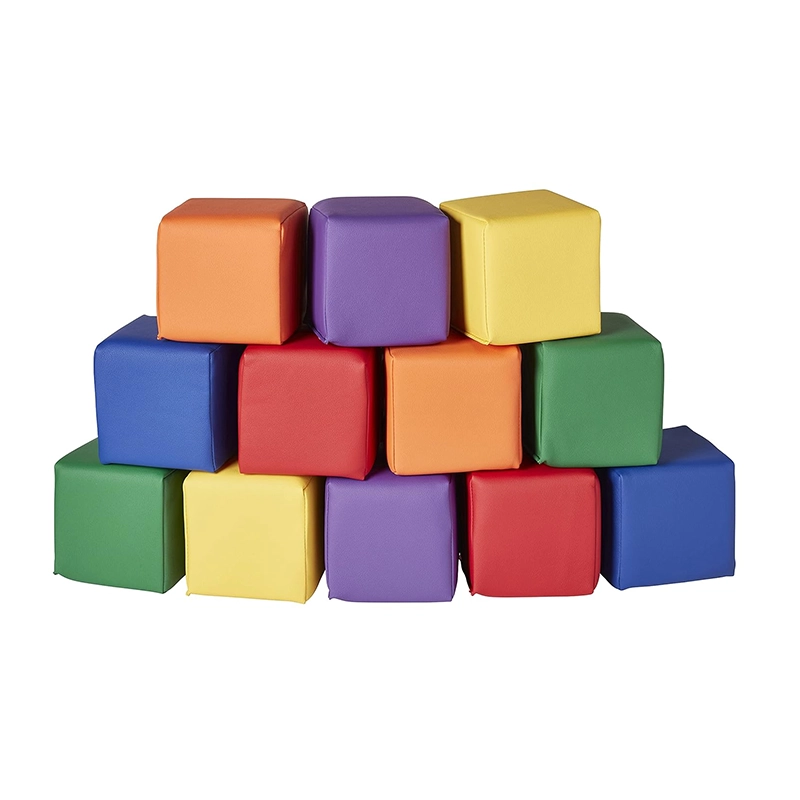
Patchwork Toddler Building Blocks
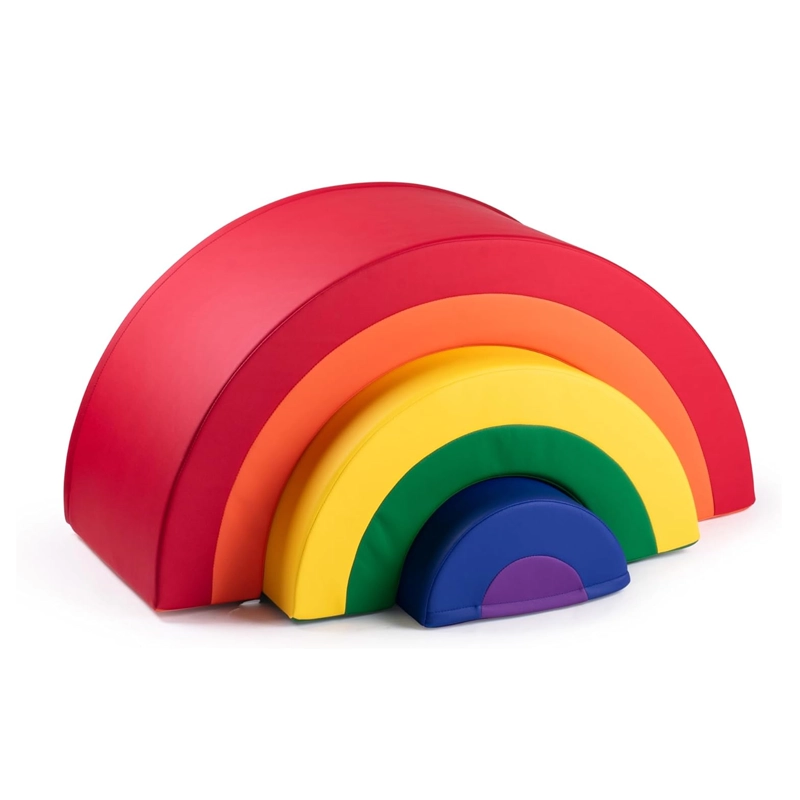
Rainbow Climber Playset
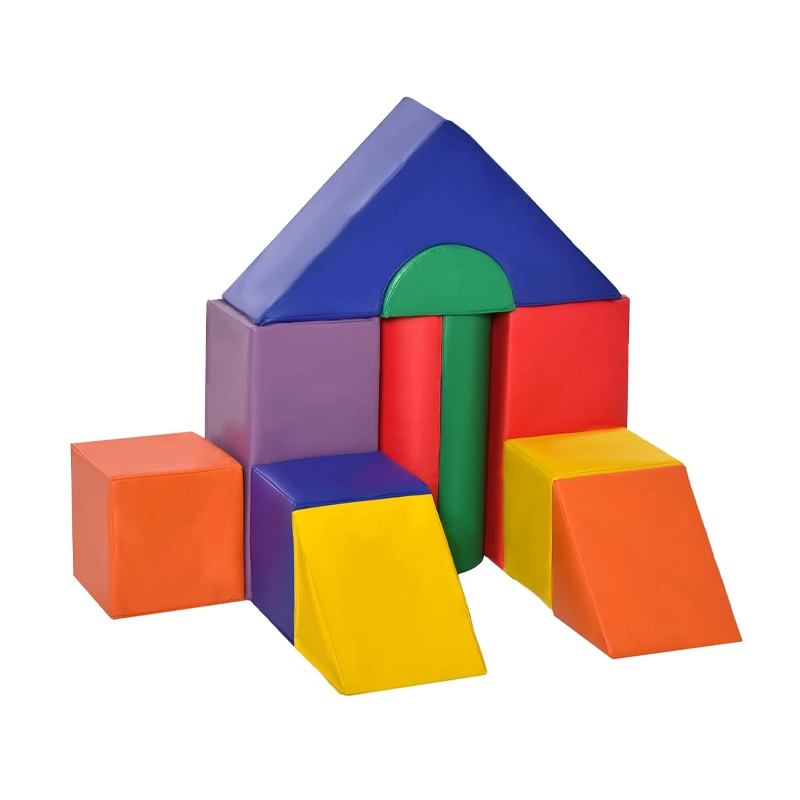
Soft Foam Blocks Play Set
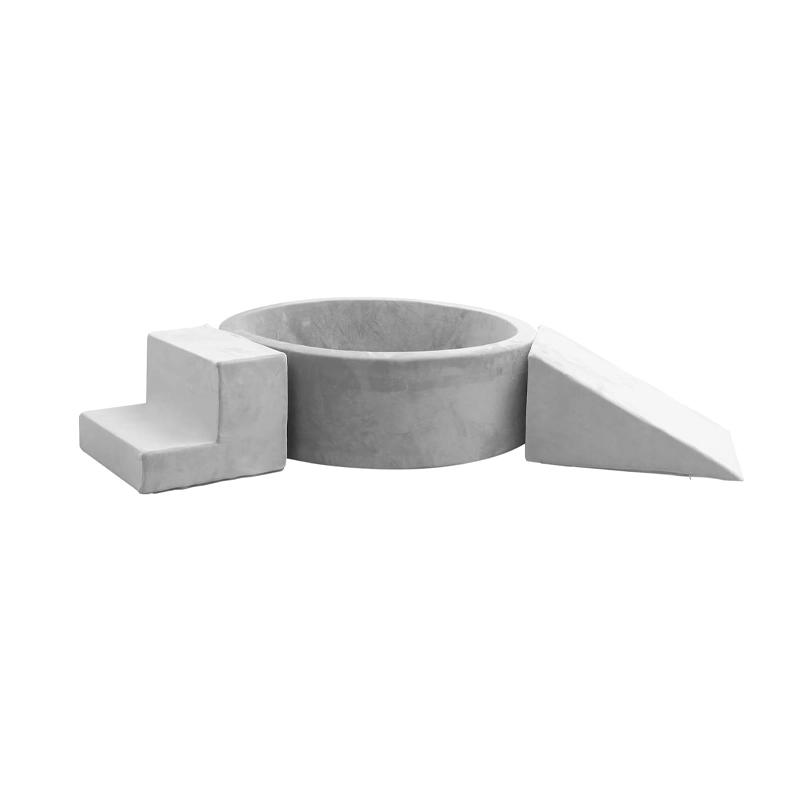
Ball Pool Climbing Block
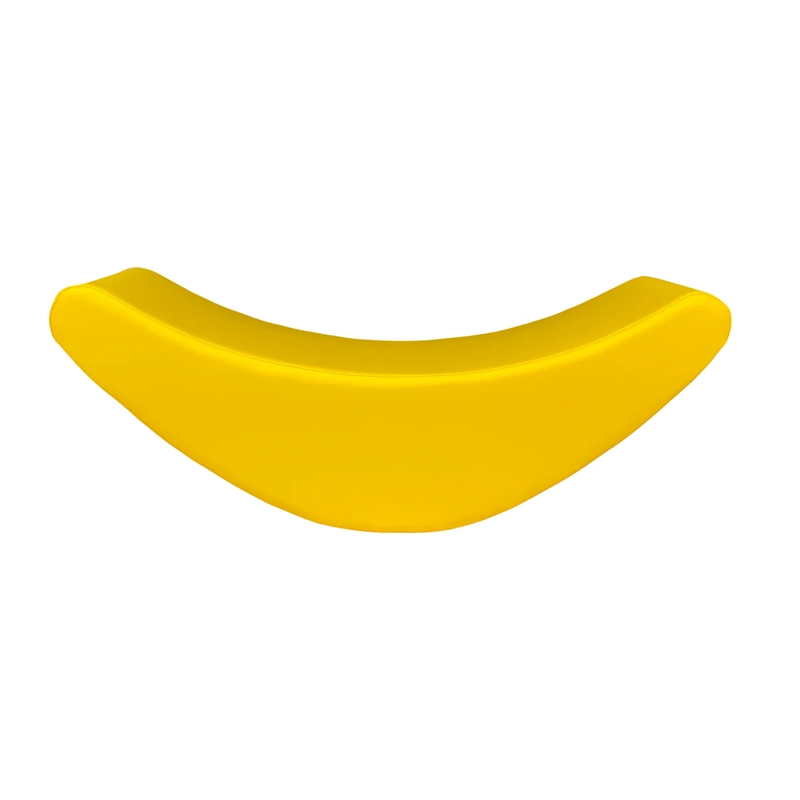
Banana Soft Play
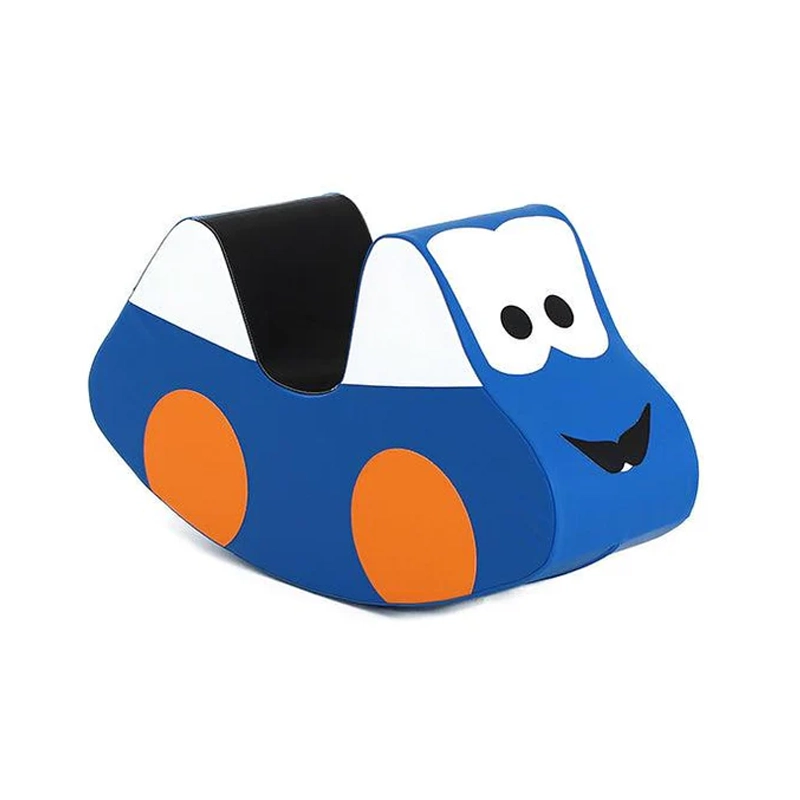
Soft Play Car
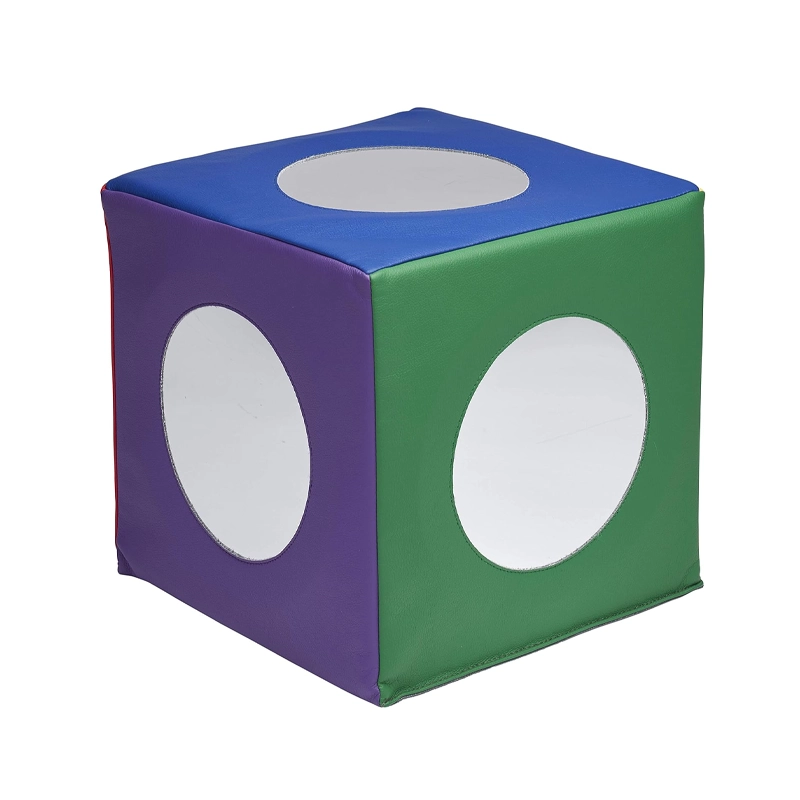
Soft Mirror Cube
Trusted manufacturer of soft play and preschool furniture
We are a manufacturer and supplier of high-quality preschool furniture and soft play equipment; with over 20 years of experience, we offer expert customized furniture, classroom design layouts, and innovative Soft Play solutions. Our products range from preschool furniture to Soft Play equipment to create safe, creative, and educational environments for kindergartens and pre-schools.
Our strong customization capabilities allow us to provide tailor-made solutions for our customers. We have served thousands of educational organizations and have earned the trust and reputation of providing competitive pricing, reliable support, and service.
Soft Play Equipment Materials
The materials used in soft play apparatus significantly impact the equipment's safety, durability, and comfort. Here are some common materials used in the creation of soft play toys and structures:
-
High-Density Foam High-density foam provides superior cushioning and impact resistance, ensuring a safe play environment. This material absorbs shock effectively, minimizing the risk of injury during play.
-
Anti-Slip Bottom The anti-slip bottom surface ensures that Soft Play equipment remains stable and secure during use. This material reduces the risk of movement or slipping, providing a safe foundation for active play.
-
PVC Leather Non-toxic PVC leather is a durable and easy-to-clean material used in Soft Play equipment. It is resistant to stains, scratches, and fading, ensuring long-lasting use.
-
Soft, Breathable Fabric Covers Soft, breathable fabric covers enhance comfort by allowing air circulation and preventing overheating. These covers are also machine-washable, making maintenance easy while ensuring hygiene in play areas.
Soft Play Definition
Soft play refers to areas for young children with padded equipment such as slides, tunnels, ball pits, and climbing structures. These spaces are designed to be safe and engaging, allowing children to explore in a controlled environment. The primary goal of soft play is to create a fun space where children can engage in physical activity and develop their motor skills while ensuring their safety.
Difference between Indoor Playground Equipment and Soft Play Equipment
Soft play and indoor playground equipment are designed to entertain children. Still, they differ significantly in structure and safety. Soft play apparatus is primarily intended to be soft, padded, and safe for younger children. In contrast, traditional playground equipment may include harder surfaces and complex structures, which are more suitable for older kids.
| Feature | Indoor Playground Equipment | Soft Play Equipment |
|---|---|---|
| Age Range | Older children (5+ years) | Infants to young toddlers (0-5) |
| Material | Metal, plastic, wood | Foam, fabric, soft plastic |
| Design | Complex, multi-level | Simple, low-height structures |
| Safety | Less padded, higher risk | Soft, cushioned, low-risk |
| Maintenance | Requires more upkeep | Easier to clean and maintain |
| Usage Context | Public parks or schools | Indoor soft play areas or at home |
Types of Soft Play Equipment
Soft play equipment can be customized to suit different ages and developmental stages. Below are some of the most common types of soft play apparatus found in play areas and homes:
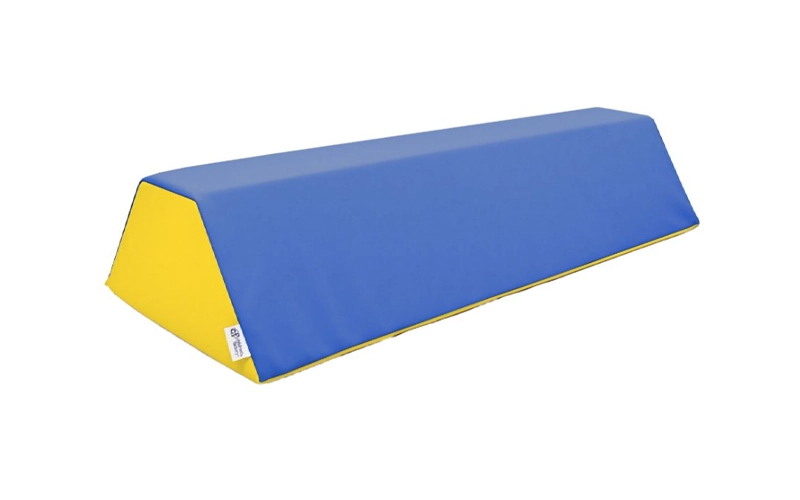
Balance Beams
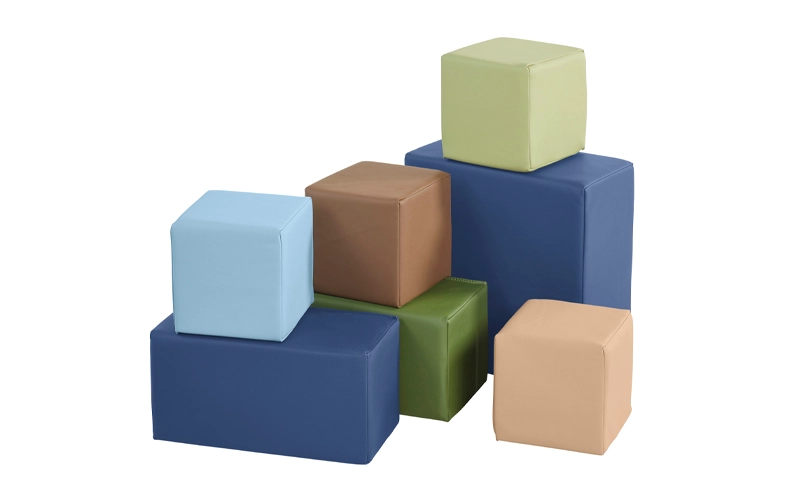
Soft Blocks
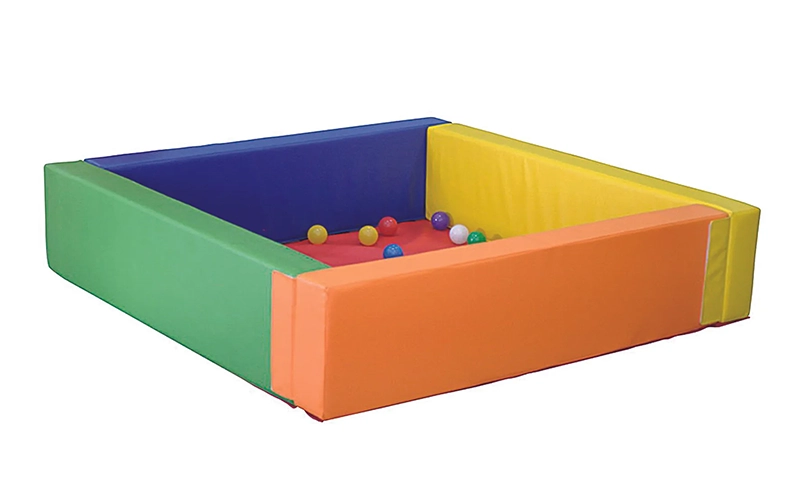
Soft Ball Pits
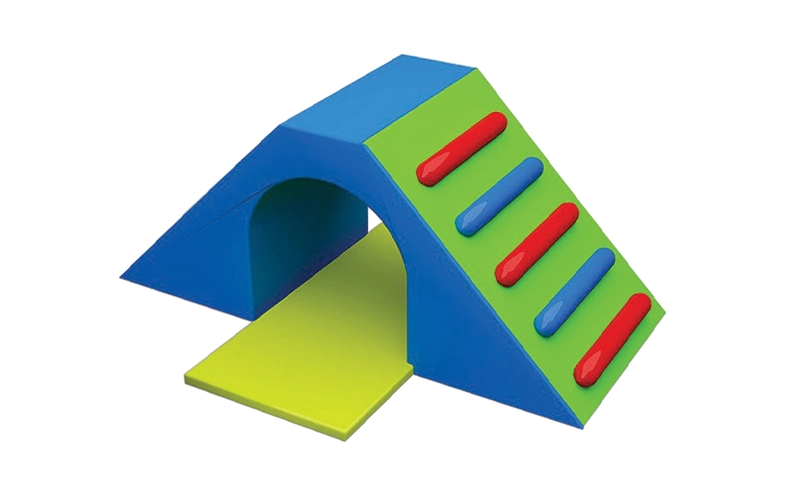
Climbing Frames
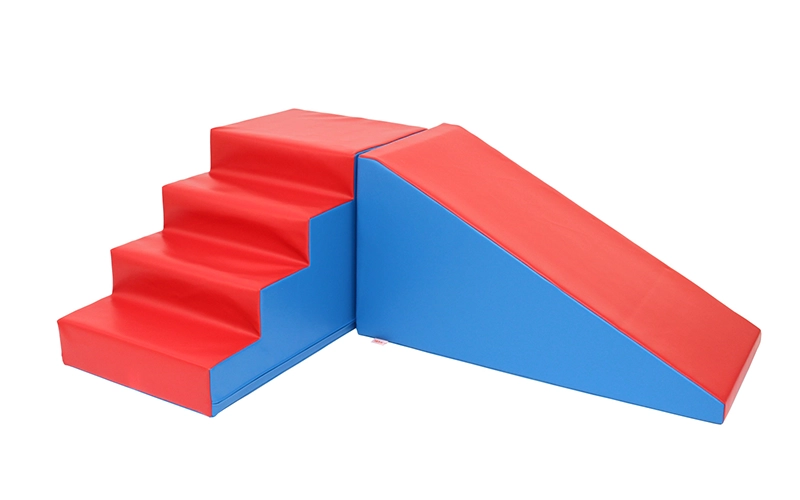
Slides
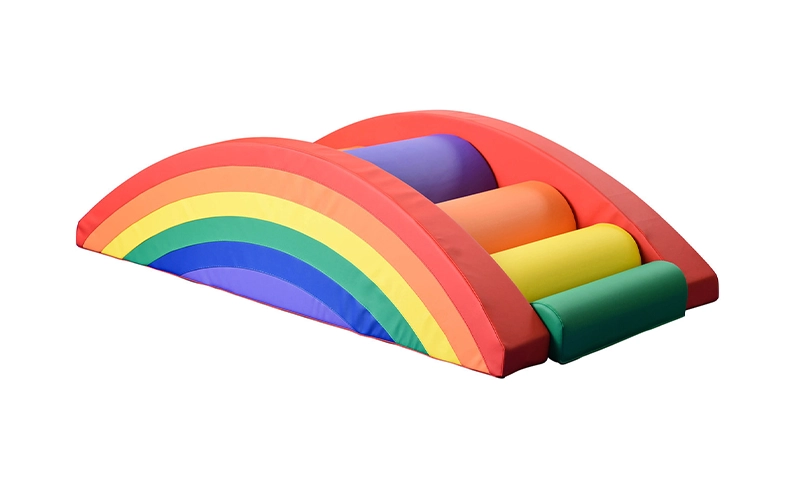
Arches
Benefits of Soft Play for Young Children
Engaging in soft play activities offers several developmental benefits. Here's how soft play for toddlers and older children can boost growth:
Physical Development
Soft play encourages children to develop physical skills like balance, coordination, strength, and motor skills. Activities such as climbing on soft play sets, jumping in ball pits, or crawling through tunnels engage various muscle groups, helping kids develop physical fitness.
Emotional Development
Children develop emotional skills through social interaction through kids' soft play or toddler soft play equipment. They learn how to manage emotions, solve conflicts, and increase self-esteem through peer interactions.
Sensory Development
Soft play areas often feature soft play sensory equipment that stimulates various senses. This includes textures, sounds, and colors, which help children develop sensory awareness as they interact with their surroundings.
Creativity
Many soft play sets encourage imaginative play. Children use their creativity to build structures with blocks or role-play different scenarios in a soft play sensory room. This helps enhance problem-solving and critical-thinking skills.
How to Choose the Right Soft Play Equipment?
Choosing the best soft play apparatus can be tricky. Here are the key factors to consider when purchasing equipment for your child:
Size
When selecting soft play sets, ensure they suit the available space. Soft indoor play equipment should fit comfortably in the designated play area if you’re setting up at home. Measure the space carefully to avoid overcrowding.
Materials
The materials used in soft play equipment are critical for both safety and durability. Look for non-toxic, smooth, and durable materials like foam or PVC, which are safe for children. Ensure that the materials are weather-resistant for outdoor settings to maintain their durability.
Durability
Children can be messy! Look for soft play toys and apparatus that are easy to clean and maintain. Removable, washable covers or wipeable materials are ideal. Durability is essential, especially for daycare soft play equipment that will undergo frequent use.
Safety
Safety is always the top priority. Ensure all equipment has rounded edges, soft surfaces, and no small parts that could pose choking hazards. Choose soft indoor play equipment from reputable soft play manufacturers to guarantee safety standards.
Sensory
For children with sensory needs, soft play sensory equipment can be a great addition. Items like sensory tunnels, textured mats, and calming lighting can enhance a child’s sensory experience. Consider autism soft play zones if you’re catering to children with specific needs.
Spatial Layout
Finally, consider the layout of the space. Opt for compact soft play sets or modular equipment that can be easily rearranged for smaller areas. For larger spaces, larger structures like soft play indoor playgrounds may be more appropriate, providing ample room for children to explore and play.
Types of Soft Play Areas
There are several soft play areas, each catering to different needs and preferences. Understanding these options will help you make the best choice for your child.
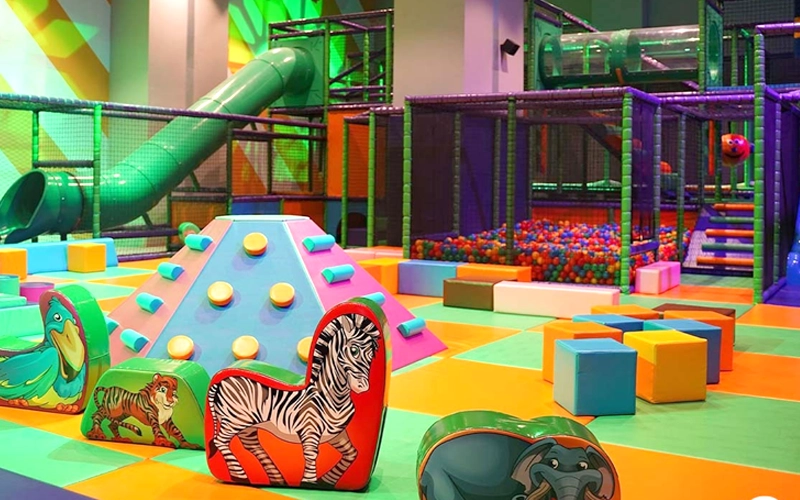
Indoor Soft Play Areas
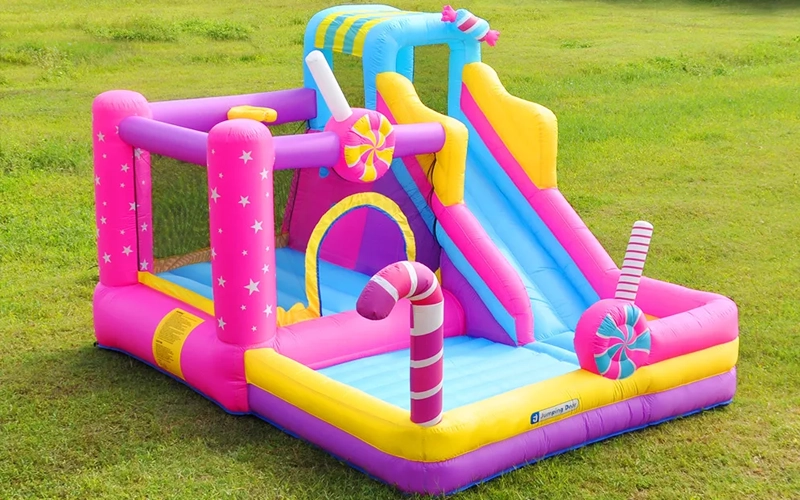
Mobile Soft Play Area
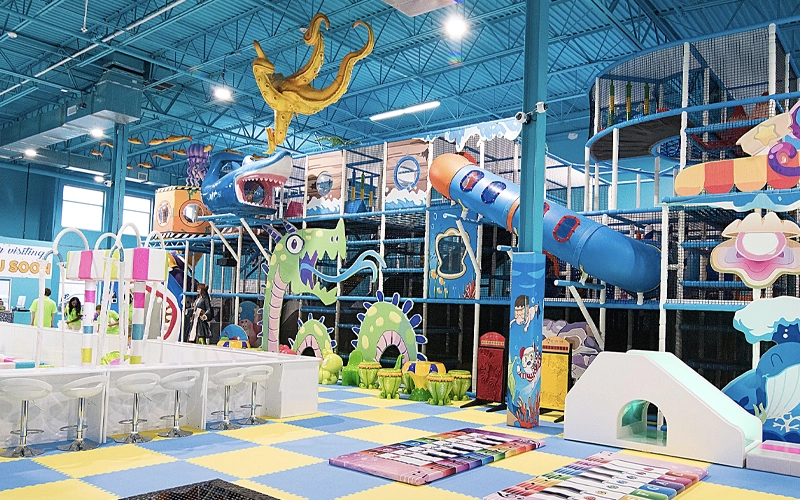
Themed Soft Play Areas
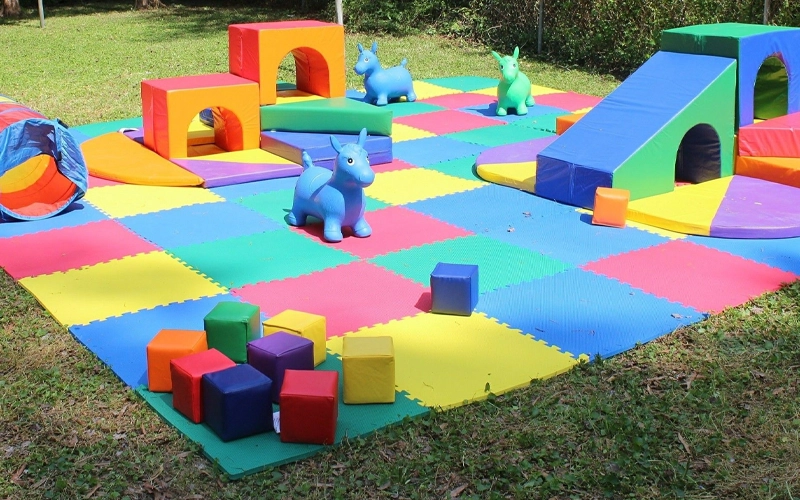
Outdoor Soft Play Areas
Soft Play Equipment for Different Ages
When selecting soft play equipment, it’s essential to consider your child’s age and developmental stage. Soft play sets come in many forms, and certain types are designed specifically for different age ranges.
Infants (0-2 years old)
For infants, safety and simplicity are key. At this stage, babies are still developing essential motor skills and are curious about their environment. Here are a few suitable options:
- Soft Play Mats: These are cushioned areas where infants can crawl, roll, and explore safely.
- Soft Blocks: Soft foam blocks allow babies to explore basic stacking and building while developing fine motor skills.
- Sensory Play Equipment: Items like soft-textured toys, mirrors, and soft balls can stimulate sensory development.
For soft play for toddlers, look for items encouraging movement like crawling, reaching, and even early climbing.
Preschoolers (Ages 3-5)
Preschoolers are more active and have developed better motor skills than infants. Soft play equipment should help improve balance, coordination, and social skills at this stage. Here’s what you can consider for this age group:
- Climbing Frames: Soft climbing frames help preschoolers build strength and confidence.
- Slides: Low, soft slides provide a safe way for children to practice coordination and build confidence.
- Balance Beams: Balance activities are great for improving coordination and helping children learn spatial awareness.
Toddler soft play equipment can also be used for preschoolers, but adding more interactive elements is key at this stage.
School-Age Children (Ages 6-12)
School-age children need more challenging and engaging soft play equipment. At this stage, the goal is to foster creativity, build physical endurance, and encourage group play.
- Obstacle Courses: Soft play obstacle courses that involve climbing, jumping, and crawling help with strength and problem-solving.
- Ball Pits: Bigger ball pits that allow children to dive and roll offer sensory stimulation while enhancing motor skills.
- Interactive Play Zones: Zones with multiple sections that encourage children to collaborate and play together are great for social development.
At this age, ensure the soft play indoor playground equipment offers both fun and developmental challenges.
Soft Play vs Traditional Playground: Advantages and Disadvantages
| Feature | Traditional Playground | Soft Play Equipment |
|---|---|---|
| Safety | Higher risk of injury due to harder surfaces and higher structures. | Safer, with padded surfaces to reduce the risk of injury, especially for toddlers. |
| Suitability for Age Groups | Suitable for a range of ages, including older children. | Typically designed for younger children, especially toddler soft play equipment. |
| Weather Dependence | Outdoor playgrounds are weather-dependent (e.g., rain or snow can cause issues). | Indoor soft play indoor playground equipment is available year-round. |
| Maintenance | Requires more frequent maintenance due to weather exposure. | Easier to maintain as most soft indoor play equipment is indoor and wipeable. |
| Variety | Offers a wide variety of activities, including swings, slides, and larger play structures. | Offers simpler yet engaging activities like soft play climb and foam block building. |
| Supervision | Requires close adult supervision due to the risk of falls from higher structures. | Easier to supervise as children engage with low, safe equipment. |
Setting Up a Soft Play Area
Creating a soft play area at home or in a childcare facility can provide children with hours of entertainment and developmental benefits. Here are a few tips for setting up a functional and safe soft play indoor playground:
Choose the Right Location:
An area with ample space, ideally away from challenging or sharp objects. Consider whether the space will be used for multiple children or just one.
Use Soft Surfaces:
Install soft mats or foam tiles on the floor to cushion any falls. Consider using non-slip mats or foam blocks that add stability.
Interactive Zones:
Create areas where children can explore and learn, such as a climbing zone, sensory play area, or building blocks area. This encourages independent and group play.
Select Age-Appropriate Equipment:
As discussed earlier, choose equipment based on the age group you’re catering to. Younger children should opt for soft play toys and low-level climbing structures. For older children, you can invest in more complex play sets.
Incorporate Sensory Elements:
Add soft play sensory equipment to engage multiple senses. Items like textured panels, soft play climbing walls, and interactive toys can enhance the play experience.
Focus on Safety:
Ensure all equipment is safe, stable, and free from potential hazards. All soft play sets should be regularly inspected for wear and tear.
FAQs
When choosing soft play equipment, consider the age and developmental stage of the children, the available space, and the specific safety standards the equipment should meet. It's important to select items made from high-quality, non-toxic materials and have age-appropriate designs to ensure safety and enjoyment.
Many suppliers offer customization options for soft play equipment. You can select colors, patterns, and themes that match your preschool's decor and the children's interests. Customization can also include choosing specific features that enhance the play experience or meet particular developmental goals.
Soft play equipment should comply with relevant safety standards such as EN 1176 and EN 1177 in Europe or ASTM F1487 in the United States. These standards cover various aspects of safety, including the materials used, construction quality, and equipment design to prevent injuries.
Regular cleaning and maintenance are crucial to keep soft play equipment safe and inviting. Use non-toxic cleaning products and follow a regular cleaning schedule that includes daily wipe-downs and periodic deep cleans. Regular inspections for wear and tear or potential hazards are also necessary.
Soft play helps in developing gross motor skills, coordination, and balance. It also fosters creativity, problem-solving abilities, and social skills as children interact with each other in a playful setting. Additionally, soft play areas provide sensory experiences crucial for young children's development.
To create an inclusive soft play area, include equipment that caters to various needs and abilities. Consider features like low-stimulation zones for children with sensory sensitivities and ensure that all areas are accessible to children with different physical abilities.
For younger children (0-3 years), equipment should be highly padded and low to the ground. For children aged 3-5 years, incorporate themed and interactive equipment. For older children (6-12 years), choose more complex structures that challenge their physical and problem-solving skills.
As a leading manufacturer and supplier of preschool furniture for over 20 years, we have assisted more than 5000 customers in 10 countries with setting up their preschools. If you encounter any issues, please call us for a free quote or to discuss your needs.

